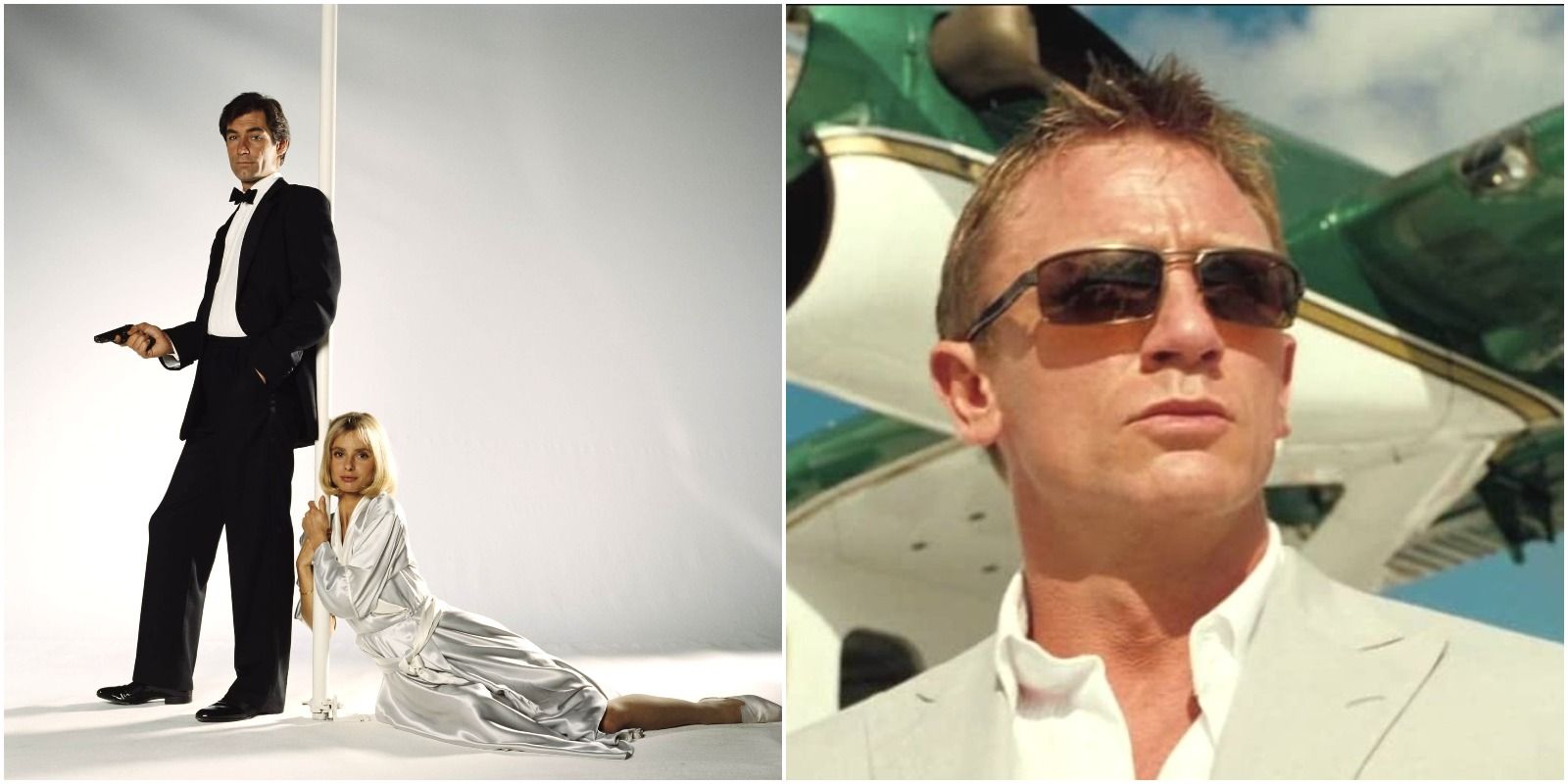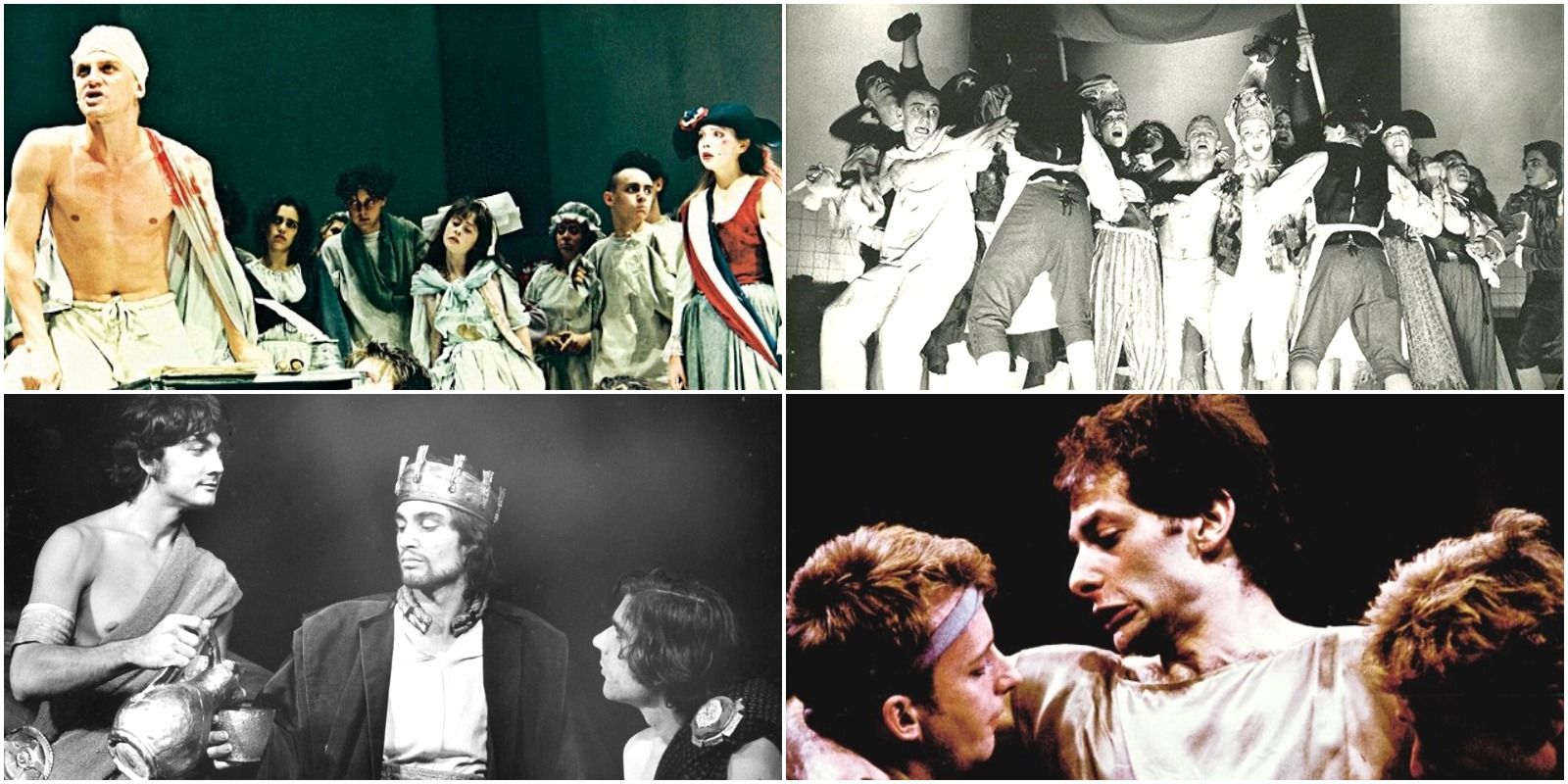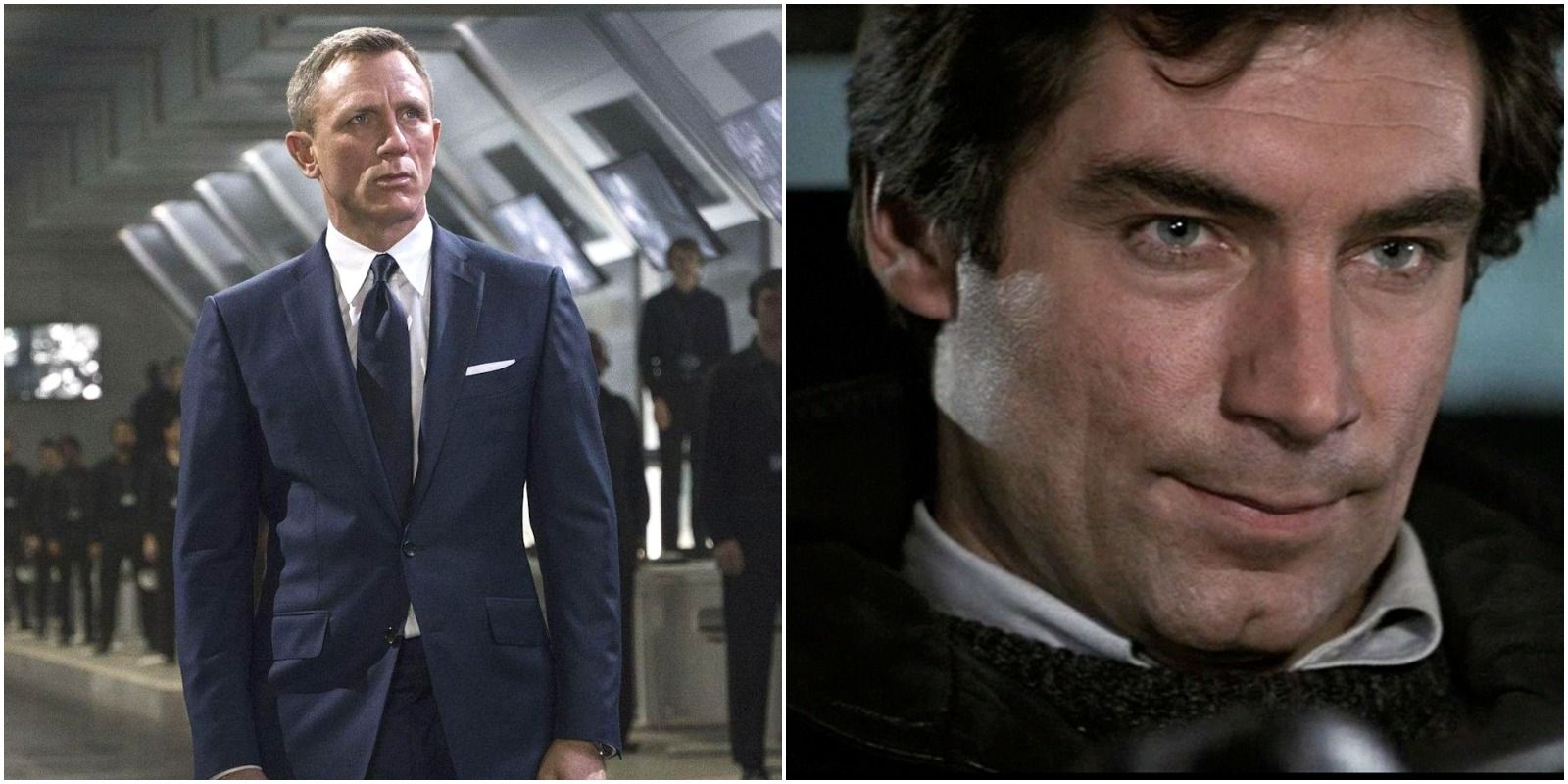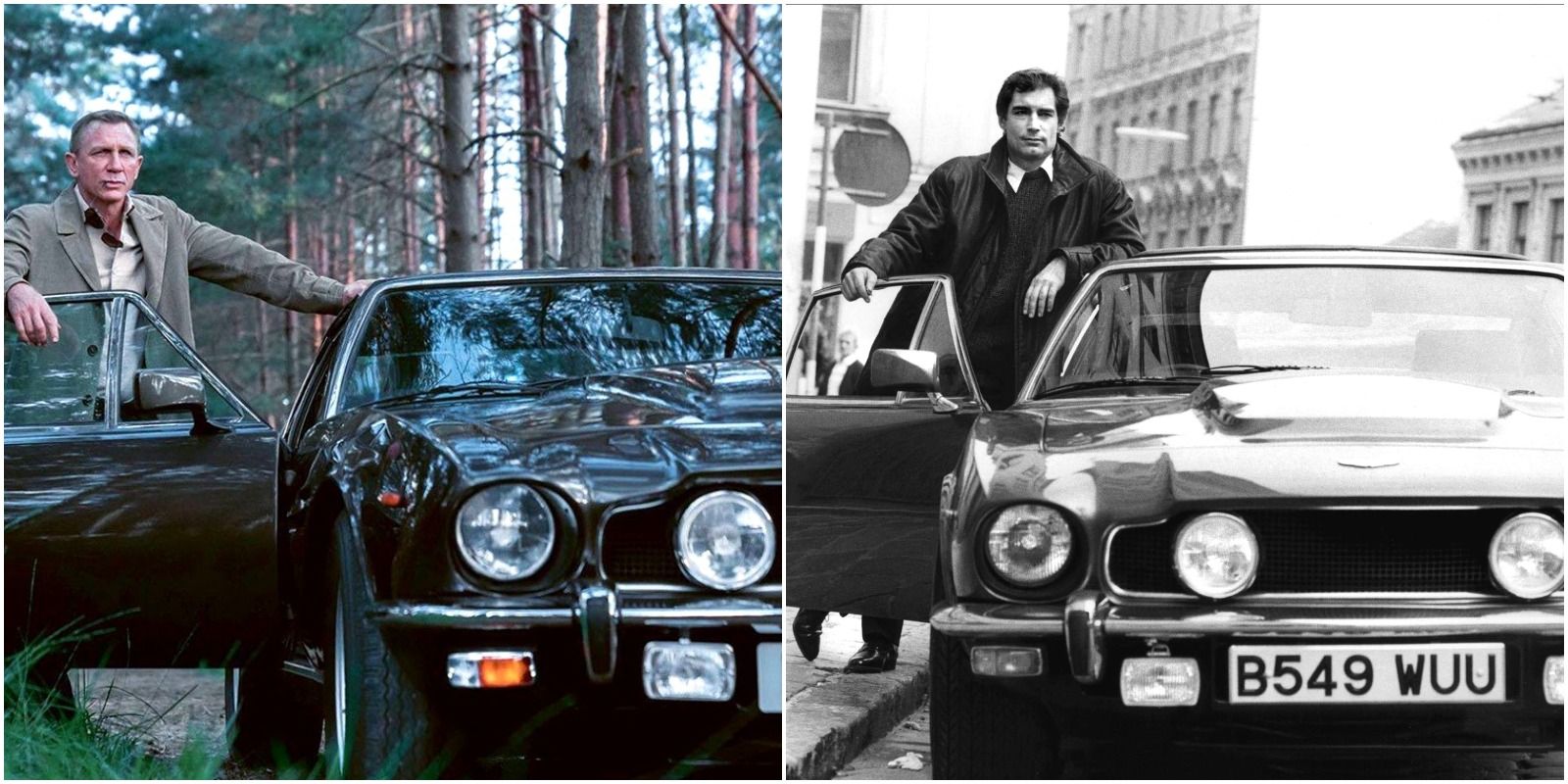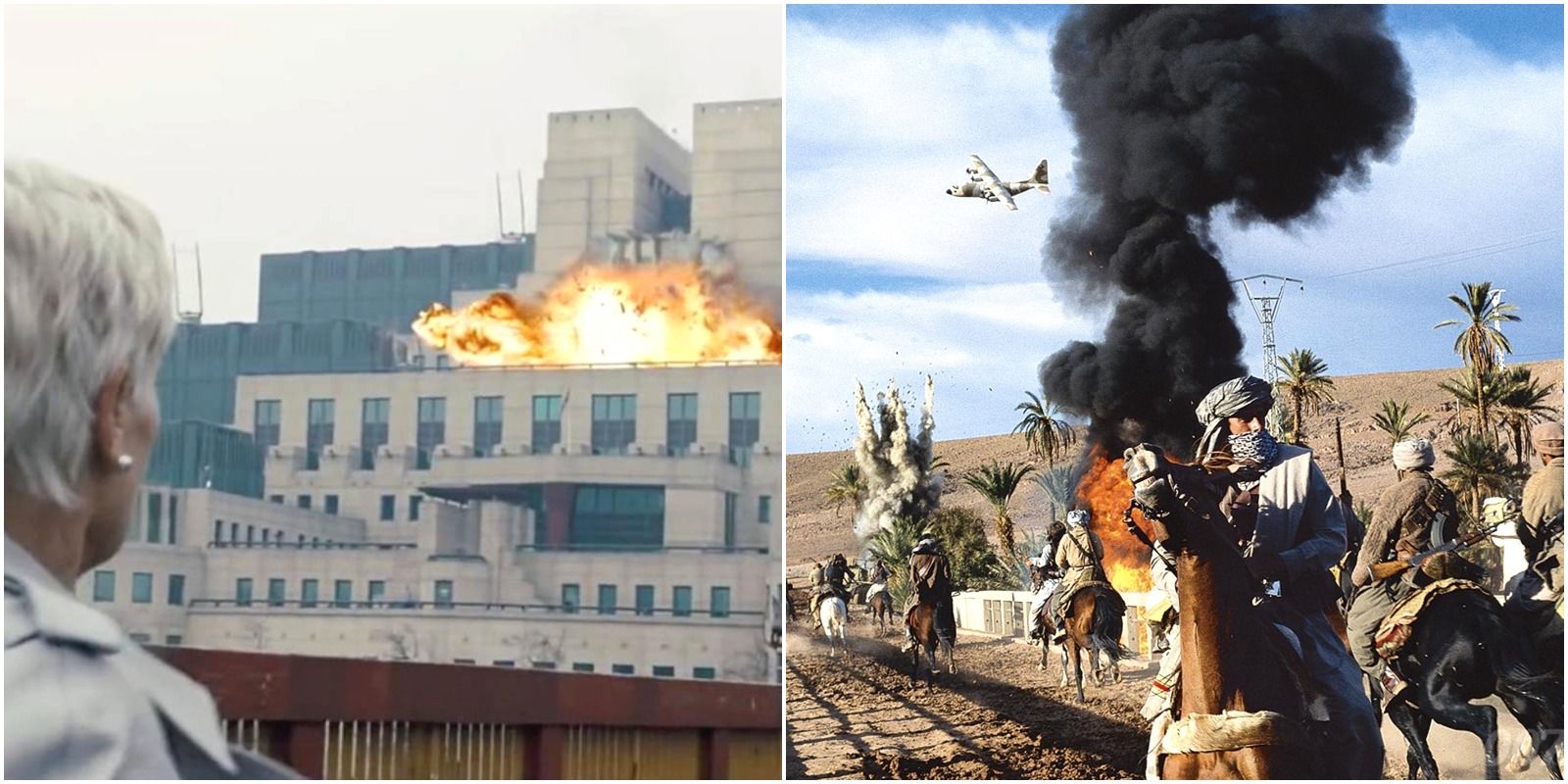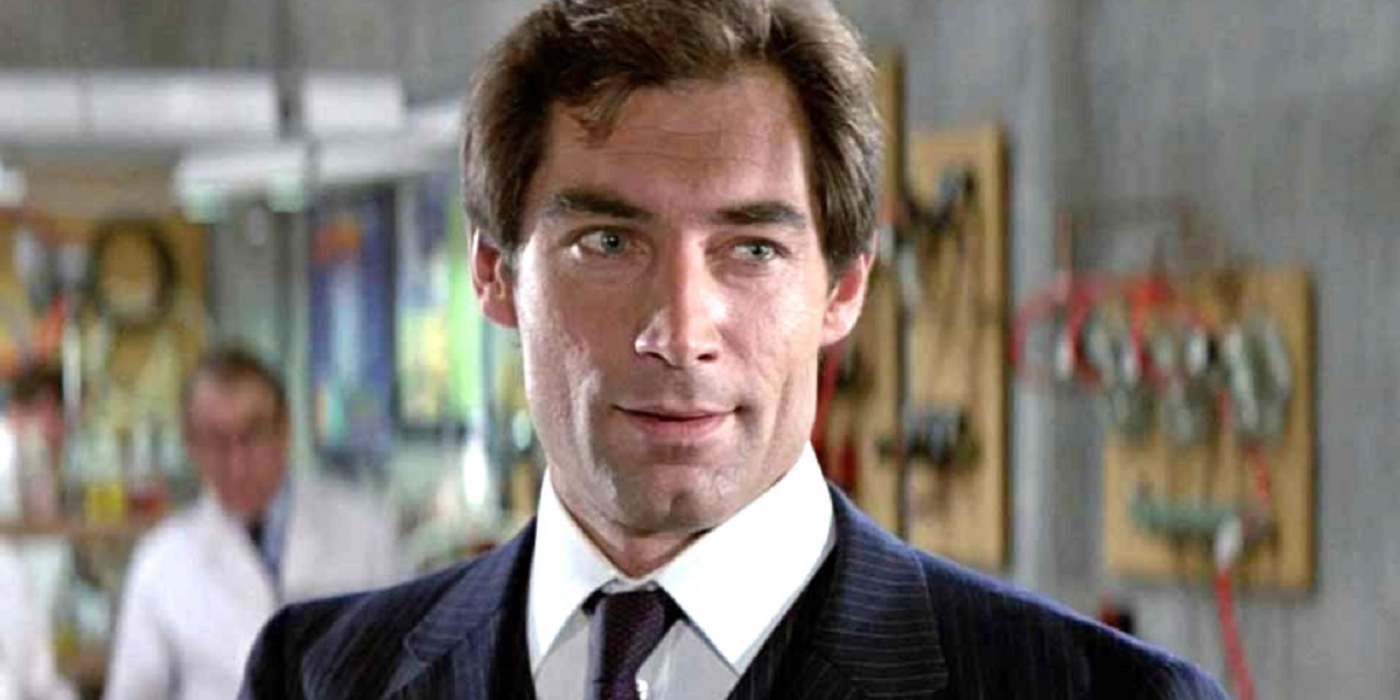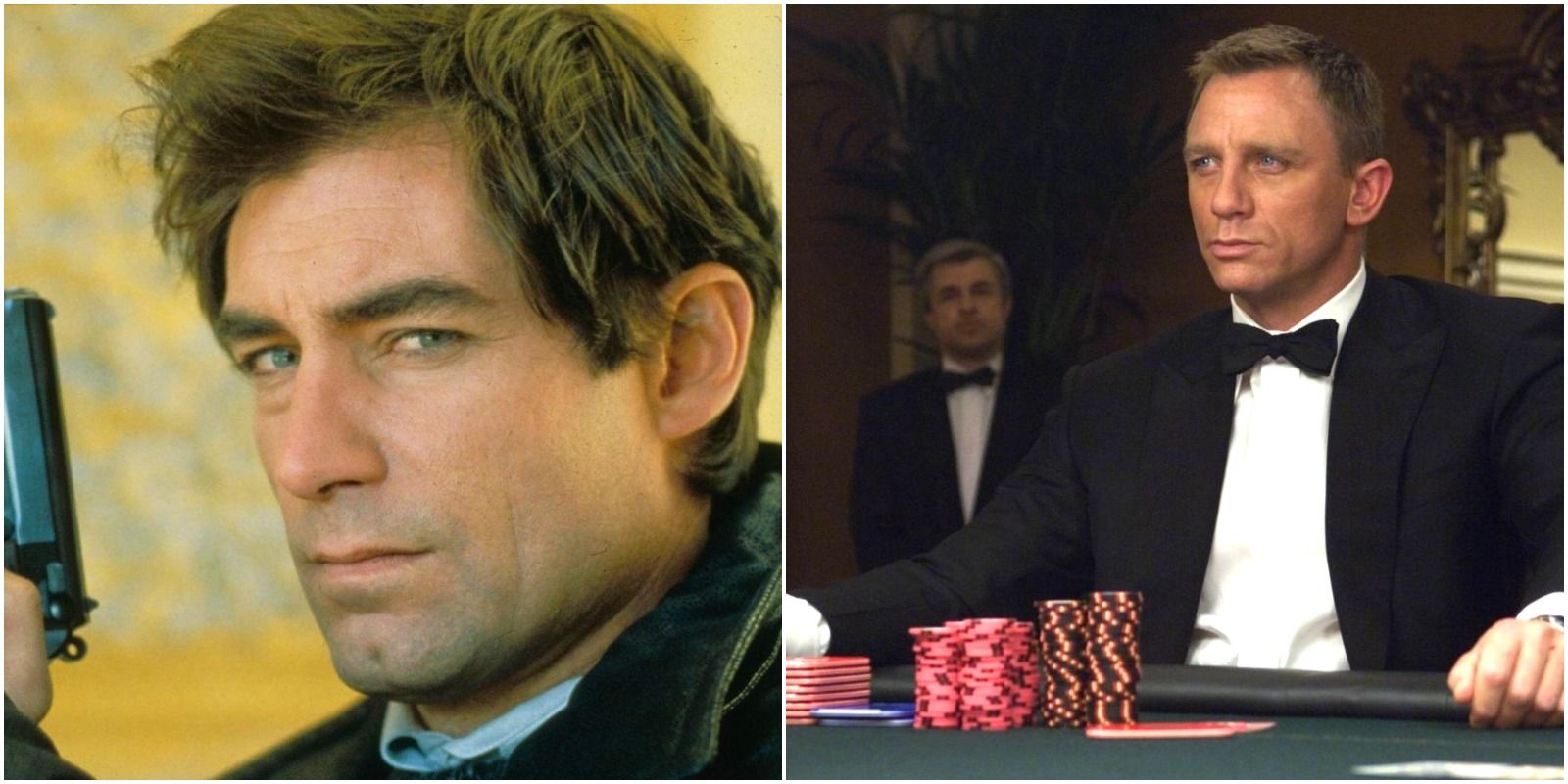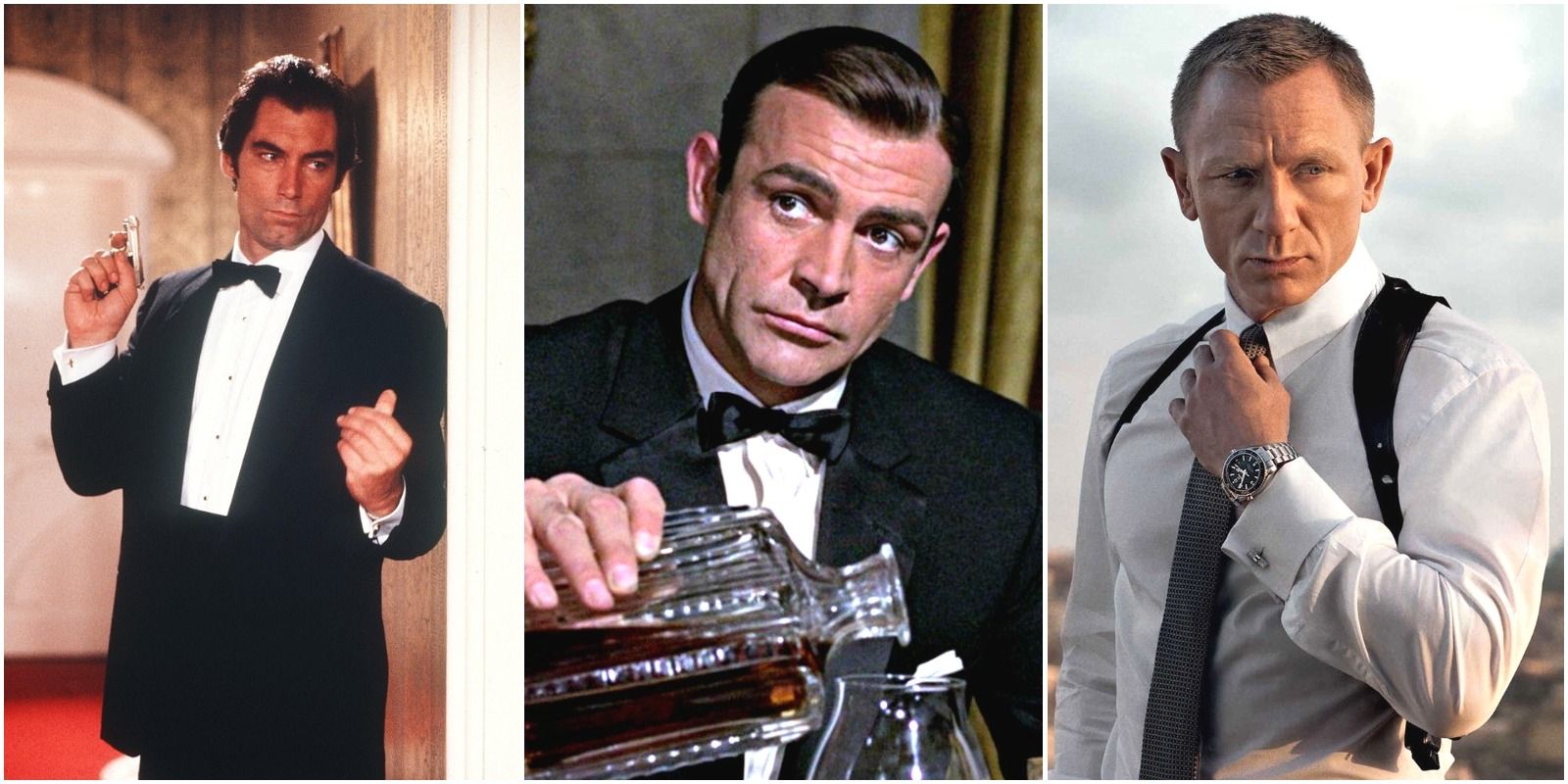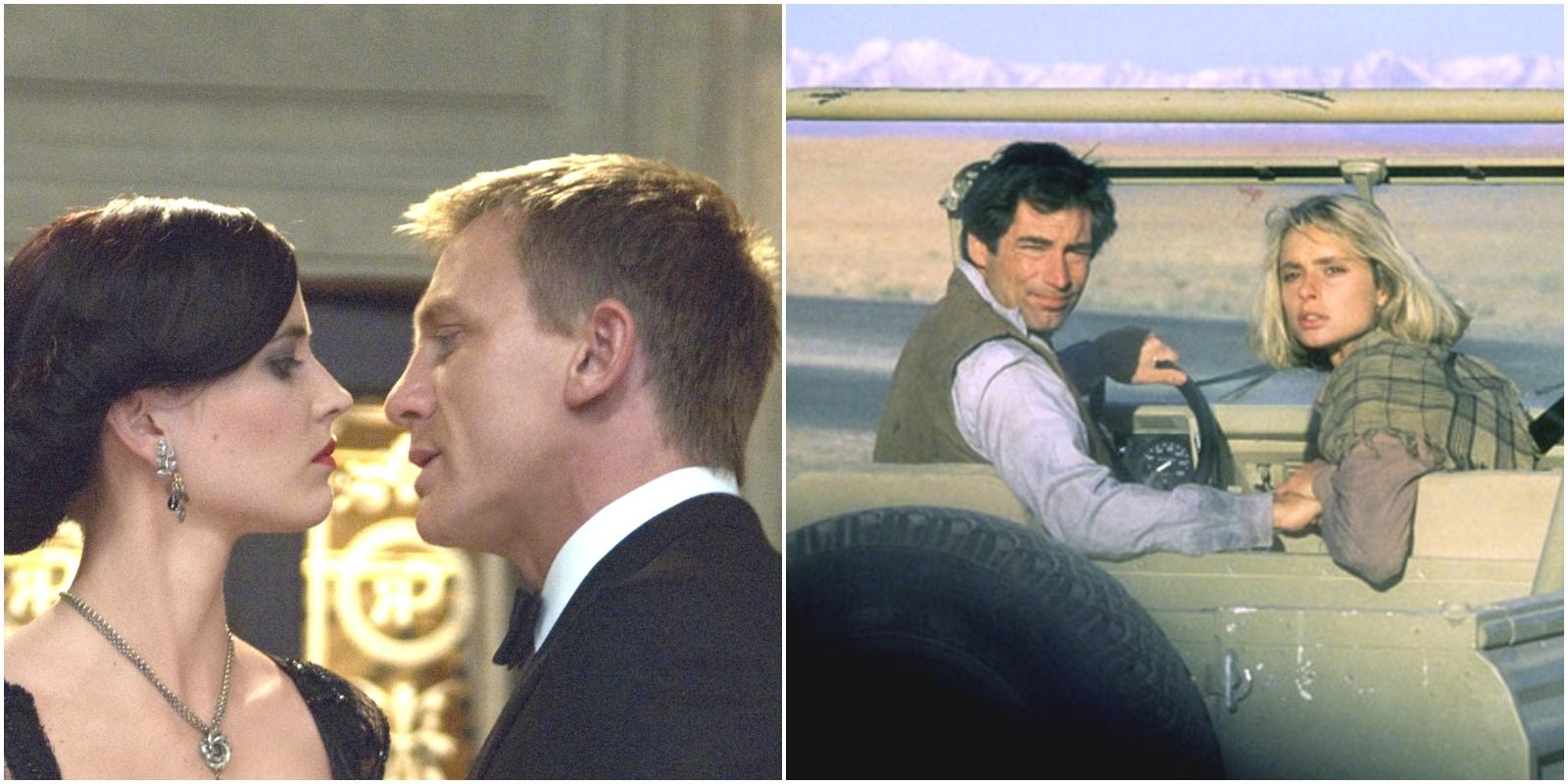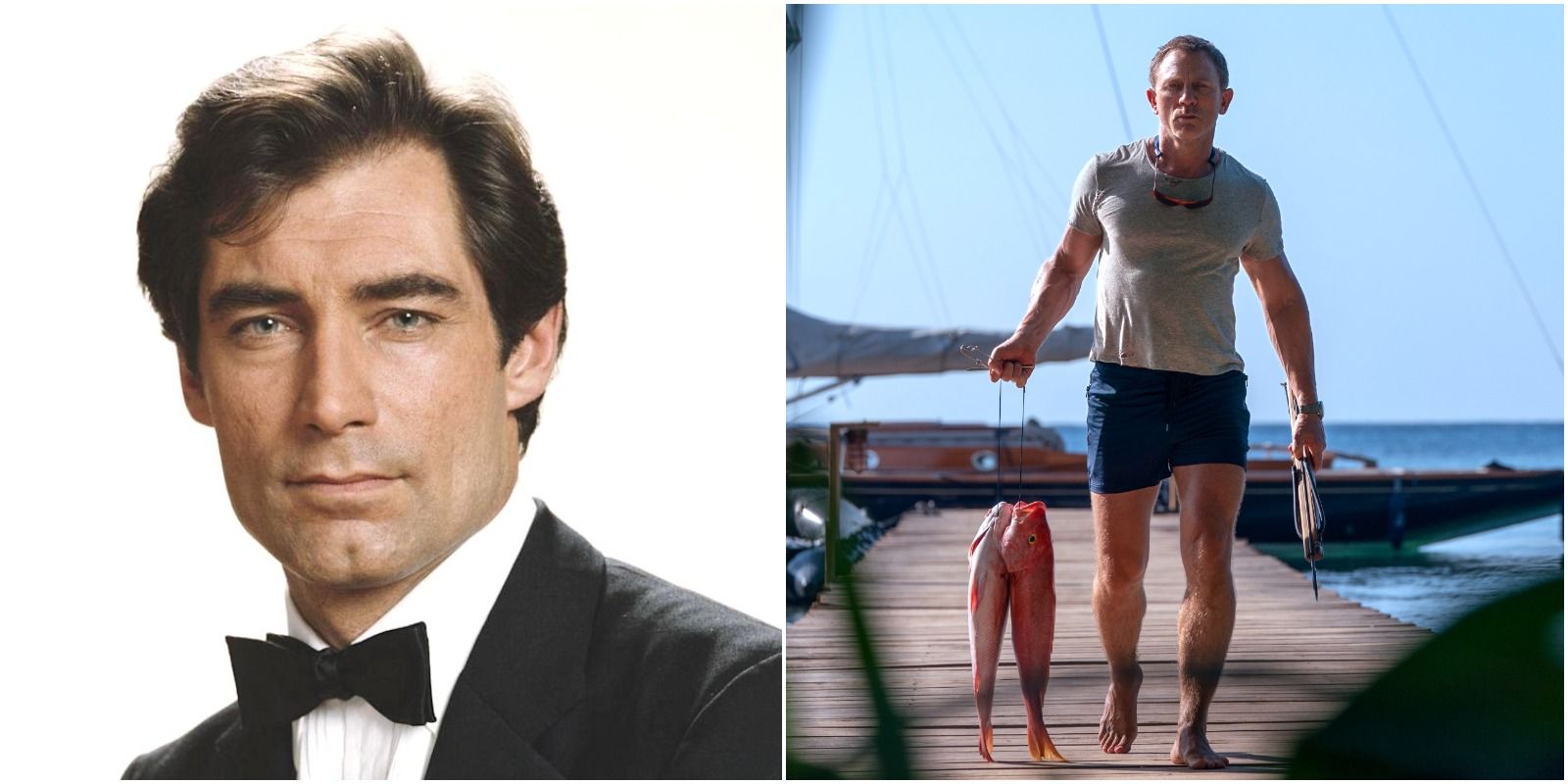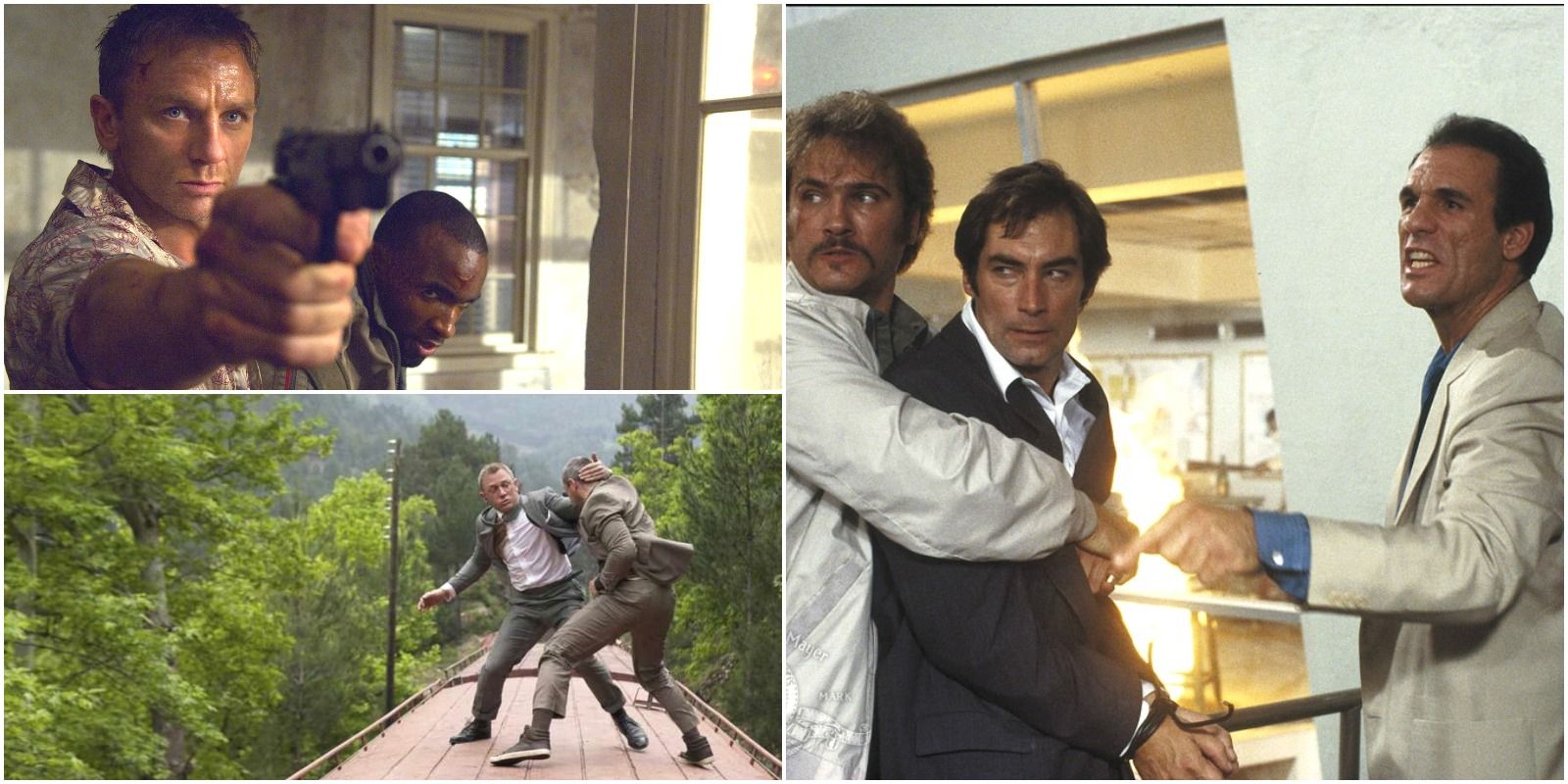After 16 years of playing the iconic British superspy, Daniel Craig has concluded his noteworthy run as James Bond in the film No Time To Die. From the highs to the lows, Daniel Craig has remastered and revitalized the character, further redefining the James Bond franchise in a way never seen before.
Craig's era as James Bond would not have been as successful if not for another actor's time as Bond, Timothy Dalton. Comparing the two eras, it is evident that Dalton contributed much to the franchise and character, paving a path for future Bond actors and films to follow.
10 Both Dalton & Craig came from theatre
Dalton and Craig both had reputable experiences in theatre before their time as Bond. Timothy Dalton initially made a name for himself as a Shakespearean actor. Like Dalton, Craig was educated in theatre, Shakespeare, and even participated in the National Youth Theatre in London, again similar to Dalton.
Because of their backgrounds, initial critics were worried that they would not be able to fulfill their role as Bond. Especially with Dalton, critics believed that he was a bit too sophisticated for the role. He proved critics wrong and broke the mold, showing that any actor could portray Bond as long as they had the right mindset, something that Craig did years later.
9 Dalton & Craig were hesitant to take on the role
Dalton was in consideration to become Bond for quite a while before The Living Daylights. The producers and Dalton himself claimed that they were considering him as early on as On Her Majesty's Secret Service. After rejecting the offer, claiming that he was too young, he reluctantly accepted the role after Moore's departure.
Like Dalton, Craig was hesitant to take on the role of Bond. Playing Bond was a huge honor that could have had either a positive or negative effect on his career. Taking the risk and believing that there was a life for him after Bond, Craig accepted the role.
8 The Dalton era re-introduced the Aston Martin into the franchise
Goldfinger introduced audiences to the love affair that is Aston Martin and James Bond. After Goldfinger, an Aston Martin car would make an appearance in Thunderball and On Her Majesty's Secret Service before taking an 8-film hiatus. The car once again returned to the Bond franchise in The Living Daylights.
Aston Martin would continue to be used throughout Brosnan's era and into Craig's era. No Time To Die actually featured a few homages to the car brand and its various appearances throughout the franchise. In the film, Bond drives the DB5, the same car featured in Goldfinger. Bond also drives a V8 Saloon, a car similar to the original V8 Vantage seen in The Living Daylights.
7 Dalton's Bond brought a sense of realism to the villains
Up until the Dalton films, the Bond series' villains weren't exactly menacing nor realistic, especially in the Moore era. Moore's Bond villains came off as goofy and incompetent.
In his first Bond film, Dalton dealt with the Mujahideen (allies), KGB defectors, and arms dealers. In his second movie, Bond goes rogue and hunts down drug lords and corrupt DEA operatives. This second film also dealt with villains who murdered, assaulted, and tortured their victims. This sort of realism would be incorporated into Craig's era, thereby making familiar Bond villains, like Spectre, more frightening and threatening.
6 Dalton's era made Bond's more serious
James Bond was always supposed to be more of a serious character. Moore's Bond era was quite the opposite. Bond was quirkier and he didn't take himself too seriously. The films were lighthearted and they felt more like a parody/comedy than an action movie. Although Dalton respected Moore's interpretation of Bond, he felt that the character and movies needed to have a sense of seriousness to them, thus keeping the franchise more faithful to the source material.
In a sense, Craig did the same. Brosnan's Bond, although action-packed, still had a level of humor and ridiculousness to them. Craig and the producers in turn re-invented the character and made him into a no-nonsense spy who was on a mission.
5 Dalton was the ideal age for Bond and the producers wanted to keep this aspect of Bond for future films
When Roger Moore took on the role of Bond in Live and Let Die, he was 45 years old. He finished his tenure as Bond when he was 58. At this time, Moore, fans, and the producers felt that he was too old to play Bond. The producers in turn wanted a younger Bond, between 30-40 years old approximately, and so Dalton was cast as Bond at 41.
Compared to Moore, the producers felt that he was a good age and made Bond feel mature but not too young. The producers wanted to keep the younger Bond for future films, and so both Brosnan and Craig ended up being rather young when first cast as the character. Craig was 38 when he first jumped on board and played Bond throughout his 40s, ending his Bond career in his early 50s.
4 The Craig era attempted to take the franchise back to its roots, much like Dalton did
Dalton and Craig both attempted, and succeeded in a sense, at taking the franchise back to its roots, back to Connery's interpretation of the character. Moore and Brosnan's Bonds really deviated the character away from what fans were familiar with, bringing success to the franchise, but also alienating the more dedicated long-time fans. Most critics agreed that Moore was really just playing himself when he was 007 and Brosnan's Bond was essentially just Remington Steele 2.0.
Craig, like Dalton, wanted the character to be as Connery as possible so he did extensive research for the role. He read all of Fleming's books and talked to Mossad and British Secret Service members. Craig essentially copied Dalton's mindset about playing James Bond, keeping him as original as possible.
3 Bond wasn't as big of a womanizer in the Dalton & Craig eras
Dalton did not portray Bond as the womanizer that Connery, Lazenby, and Moore established him to be in the previous films. Bond, by the definition of his character, always gets the girl, but the actors before Dalton added a sense of charm, allure, and charisma to Bond that better reinforced the idea that he was a suave super spy. Audiences didn't get much of that from Dalton.
This was one notable aspect of Dalton's Bond that carried over to Craig's era. Craig was not the debonair character seen in the Brosnan films. It was a shame as some believe Dalton and Craig essentially squashed a trademark trait of the character.
2 Bond was once again very stereotypically "masculine" in Dalton's era
Fleming wanted Bond to be the apex of the stereotypical heterosexual male. This meant that Bond needed to be muscular, tall, and very handsome in the movies. Dalton fit the description, some would say even better than Connery. Though he didn't have the build that Connery had, his image was what the producers and Fleming wanted out of a Bond actor.
Although Craig's casting was controversial at first, he really fit this archetype of Bond well. He wasn't tall, but he was muscular and had the stereotypical "masculinity" that matched Dalton.
1 Dalton's Bond films were noticeably more violent than the previous ones
The James Bond films have always been violent, but it was never too much for a family movie. Everyone could enjoy a Bond film, but when License to Kill came out, it re-defined the franchise. The movie was very violent; it was bloody, brutal, and Bond went from an international super spy to an international killer.
Craig's films were bloody, action-packed, and violent because of this film. License to Kill set a new standard for Bond movies that made them much darker than what they originally were.

